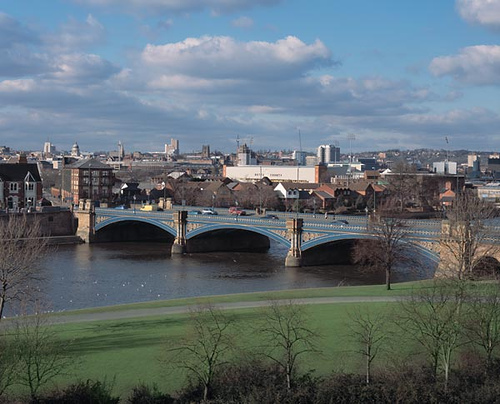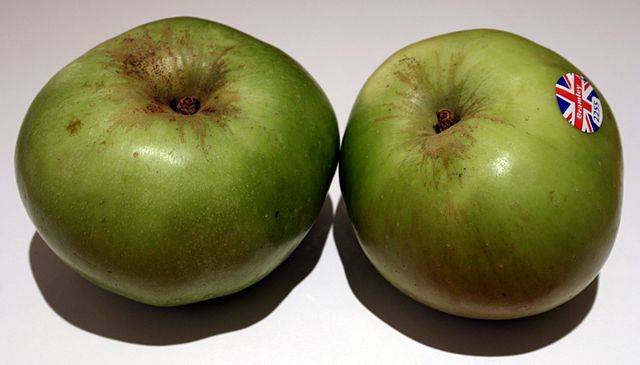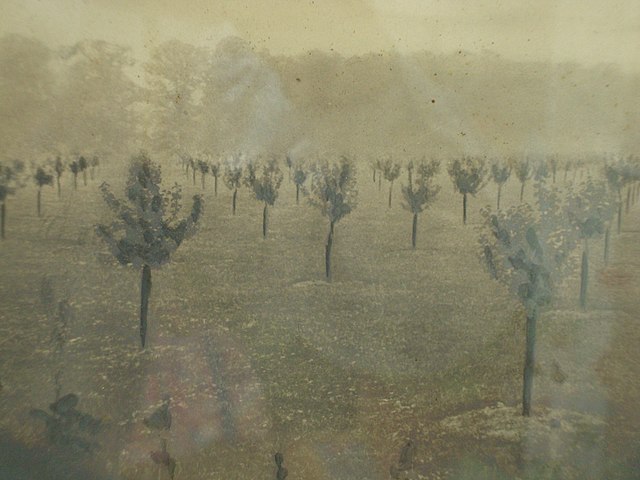July 2024 Nottinghamshire Heritage Events
- Posted in:
- GetInvolved
There are some wonderful heritage events scheduled for July, check some of them out below:
Throughout July: The D.H. Lawrence Museum is hosting ‘The Pentrich Revolution in Art’ exhibition throughout the month of July. ‘The Pentrich Revolution of 1817- England’s last armed rebellion. The story of the Derbyshire men who stood up to a repressive government demanding political rights and an end to enforced poverty. This hidden tale of Eastwood's connection to this pivotal moment in English history is told in visual interpretation boards and paintings by several local artists, and can be found within the Gallery Space at the D.H. Lawrence Birthplace Museum’. Visit the website here Throughout July: The D.H. Lawrence Museum is hosting ‘The Pentrich Revolution in Art’ exhibition throughout the month of July. ‘The Pentrich Revolution of 1817- England’s last armed rebellion. The story of the Derbyshire men who stood up to a repressive government demanding political rights and an end to enforced poverty. This hidden tale of Eastwood's connection to this pivotal moment in English history is told in visual interpretation boards and paintings by several local artists, and can be found within the Gallery Space at the D.H. Lawrence Birthplace Museum’. Visit the website here.
Tuesday 2nd July: At Clumber Park, ‘discover the history of the 18th century walled kitchen garden and see how the Gardens team continue to work this space using a variety of traditional horticultural methods’ by joining ‘Walled Kitchen Garden’ tour. No booking is required, and the event is free. For more information about how to join the tour, visit the website here.
Wednesday 3rd July: Thursday 25th July: The Workhouse and Infirmary in Southwell will be hosting a special ‘Written on the Workhouse Walls’ trail for the majority of July. ‘Find the bricks, solve the riddles and discover how vagrants used secret symbols to pass on messages in the 1800s’. Trails are £2 each and no booking is required. Visit the event information here.
Friday 19th July: Opening at the end of the month and running until January 2025, the University of Nottingham Museum will be hosting an exhibition titled ‘Bronze Age Offerings in the River Trent’. ‘Around 3000 years ago, the rich warriors of the East Midlands made offerings in the River Trent, and about 200 of these bronze objects have been recovered from the river, making it one of the biggest such collections in Europe’. No booking required and admission is free. For more information about the exhibition, visit the event page here. Check out some of our HER records of the finds: Colwick, Stoke Bardolph/Shelford, Wilford Bridge, Bleasby and Trent Bridge.

Above: River Trent and Trent Bridge, West Bridgford. (By Insignia3, CC BY-SA 3.0)
Saturday 20th July: Head down to the National Civil War Centre in Newark for a festival of archaeology! ‘Meet Catherine and Richard, The Field Detectives, and discover how community archaeologists find traces of the past in the most unlikely places! Chat to them throughout the day and enjoy an interactive look at the materials and practice of history in the field’. Handle real artefacts, look at the tools of treasure-hunting, and much more. No booking is required, just drop in. Visit the event page for more information.
Sunday 21st July: Join Alison Milbank, Professor of Literature and Theology at the University of Nottingham, for a lecture focusing on Lancelot Andrewes at Southwell Minster. Lancelot was a bishop and scholar active during the reigns of Elizbeth I and James I. No need to book, just drop in. To find out more about the lecture, visit the event page here.
Thursday 25th July: Wollaton Hall will be hosting a special performance of open-air theatre. ‘This summer, Three Inch Fools present a brand-new comedy of their own about one of England’s most epic monarchs, Henry VIII’. Tickets cost £20 (adults) or £12 (Children aged 5-16), family tickets (2 adults, 2 children) costs £55. To book your tickets, visit the event page here.
Saturday 27th July: ‘Come and find out about recent archaeological work at Southwell Roman Villa with the Southwell Community Archaeology Group’ during a special workshop at the University of Nottingham Museum. ‘In this free drop-in workshop, you’ll have the opportunity to handle archaeological artefacts. You can also explore Roman frescos. Find out how the Romans made their paint pigments and have a go at creating your own design using stencils’. The workshop is free, and no booking is required. For more information, visit the event page here.

